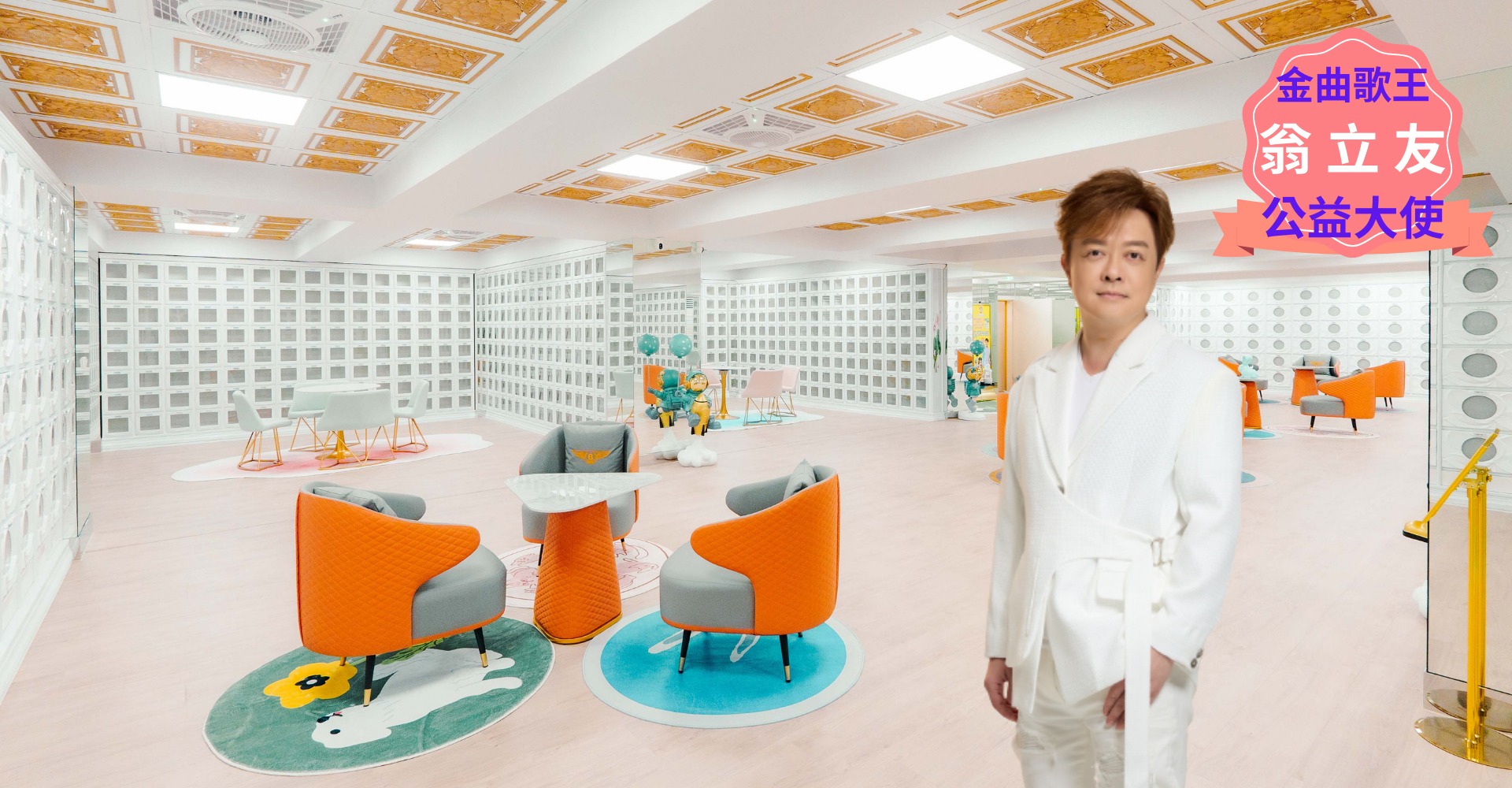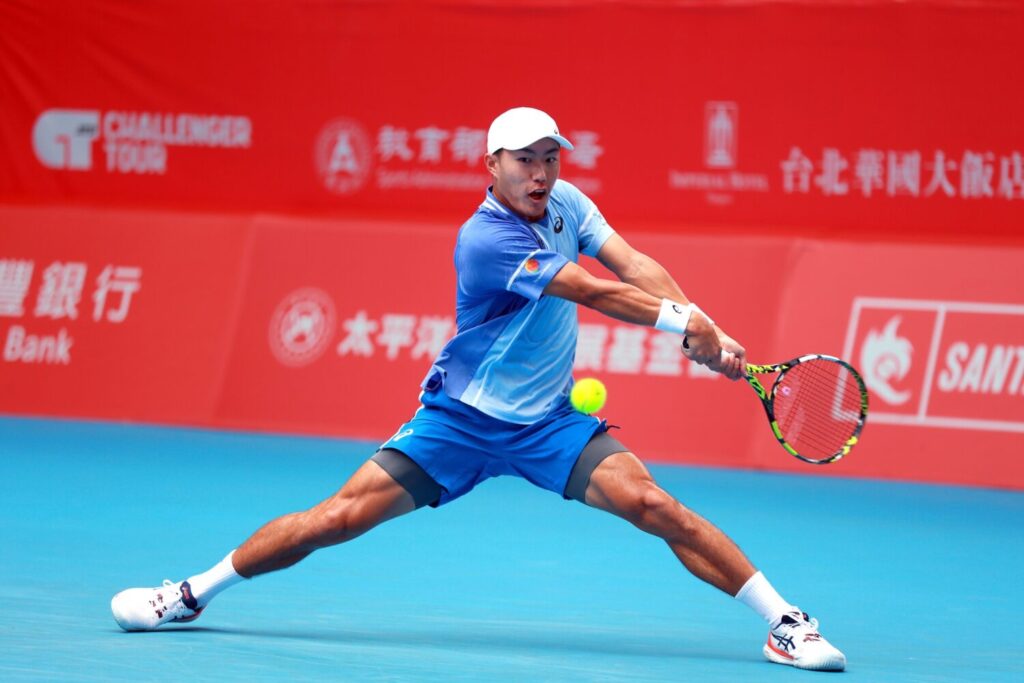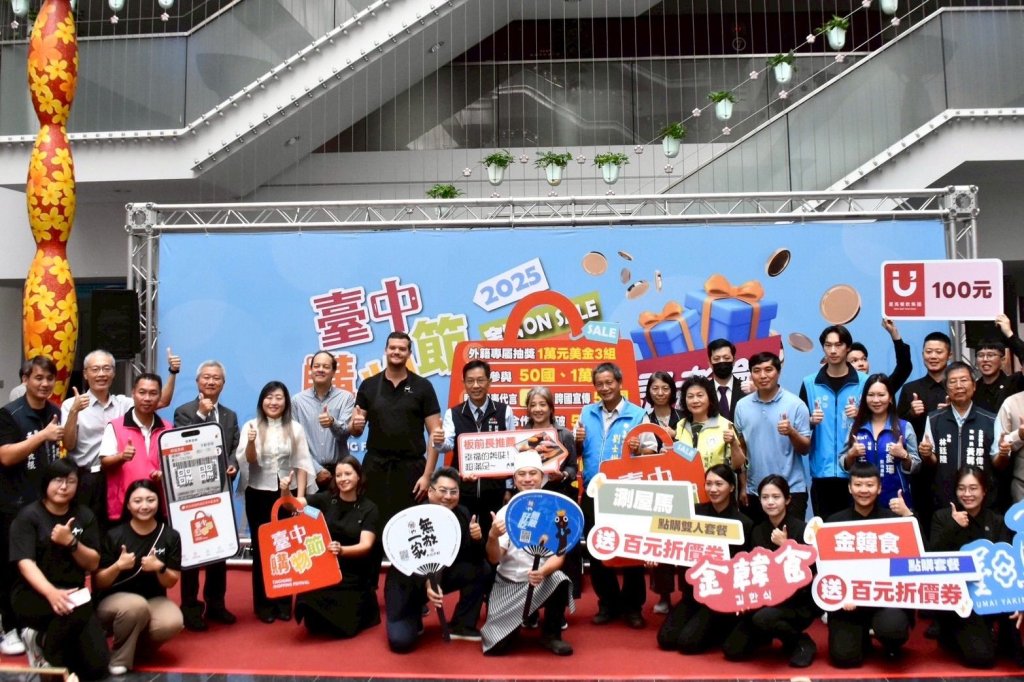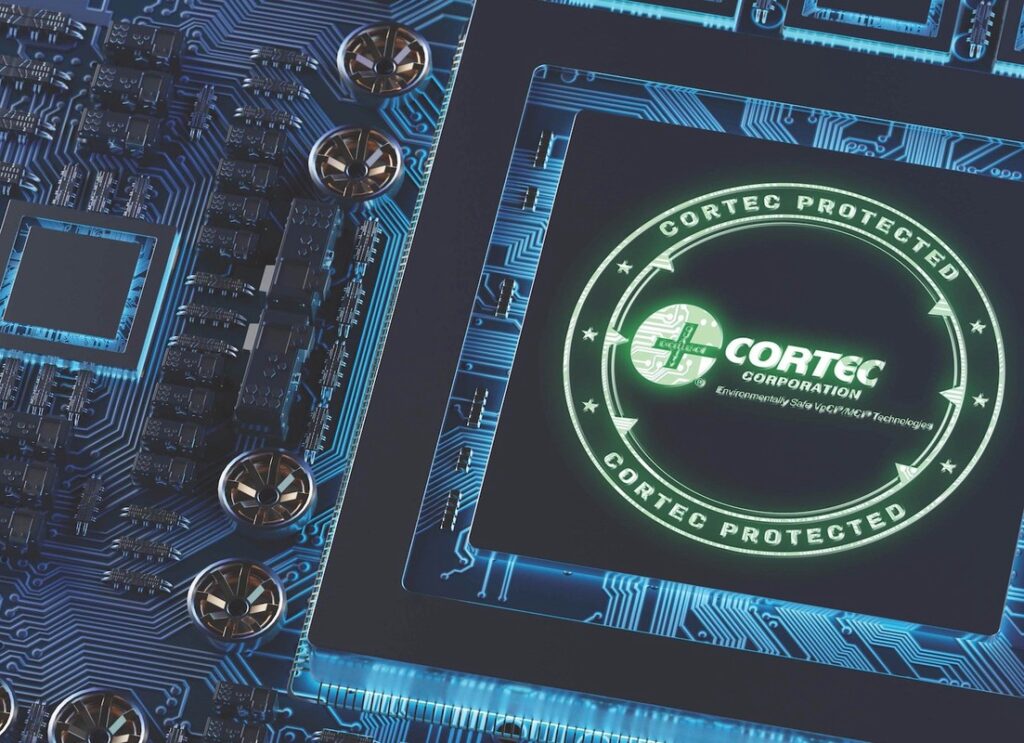1. Introduction: From Recognizing to Creating—The Evolution of Pattern Engagement in Human Creativity
Patterns form the backbone of human cognition, serving as tools not only for understanding our environment but also for fostering innovation. While initial pattern recognition helps us decode the world—such as noticing rhythmic beats in music or recurring motifs in art—advanced engagement involves transforming these recognized patterns into new, original creations. This evolution from perception to production illustrates how humans leverage their innate ability to identify patterns as a springboard for inventive thought and artistic expression. Recognizing patterns thus becomes more than passive observation; it becomes an active process that fuels the genesis of novel ideas and groundbreaking innovations.
“Pattern recognition is the cognitive engine that drives human creativity, transforming familiar structures into extraordinary innovations.”
2. Cognitive Mechanisms Bridging Pattern Recognition and Creative Innovation
Neuroscientific research reveals that multiple neural pathways facilitate the transition from perceiving patterns to generating innovative ideas. The prefrontal cortex, responsible for executive functions, works in tandem with the temporal lobes, which process sensory input, to detect patterns and evaluate their potential for creative manipulation. For example, studies using functional MRI have shown heightened activity in these regions during tasks that involve recognizing and reimagining patterns in visual art or musical compositions. Additionally, the brain’s subconscious processes—such as implicit pattern learning—constantly influence our conscious creative efforts, often inspiring original concepts without overt awareness. This seamless interplay underscores the importance of neural flexibility in transforming pattern recognition into inventive output.
Subconscious Pattern Processing and Creativity
Much of our pattern recognition occurs beneath conscious awareness. For instance, musicians often unconsciously notice rhythmic patterns that inspire improvisation, while visual artists may intuitively reassemble familiar motifs into novel forms. This subconscious processing acts as an internal reservoir of potential ideas, which, when combined with conscious analytical thinking, fosters originality and innovation.
Cognitive Flexibility as a Key Driver
Cognitive flexibility—the ability to shift perspectives and reframe patterns—enables creators to see beyond conventional structures. Researchers argue that this mental agility is crucial for breaking established patterns and reimagining them in new contexts, thus opening pathways to innovative breakthroughs across artistic and technological domains.
3. Patterns as Structural Frameworks in Artistic Expression and Technological Innovation
In both art and technology, recurring patterns serve as foundational frameworks that evoke emotional resonance and aesthetic appeal. In visual arts, geometric motifs like the Fibonacci spiral or tessellations create harmony and balance, engaging viewers’ innate pattern recognition. Similarly, in music, repetitive rhythmic and melodic motifs establish familiarity, while subtle variations keep the audience engaged. These structures act as scaffolds for emotional impact and creativity.
However, true innovation often involves breaking and reassembling these patterns. For example, the cubist movement in art deconstructed traditional perspective, combining disparate viewpoints into a new visual language. In technology, algorithms such as neural networks mimic pattern recognition processes, but engineers push boundaries by reconfiguring these models—leading to breakthroughs in artificial intelligence and machine learning.
| Traditional Pattern Framework | Innovative Reimagining |
|---|---|
| Classical musical motifs (e.g., sonata form) | Minimalist compositions with repetitive yet evolving patterns |
| Linear perspective in painting | Abstract forms and fractal geometries |
4. The Role of Cultural and Contextual Patterns in Shaping Creative Evolution
Cultural backgrounds profoundly influence how patterns are perceived and reinterpreted. Traditional motifs—such as Islamic geometric art, African textile designs, or East Asian calligraphy—embody specific cultural narratives that inform contemporary artists and innovators. Recognizing these patterns allows creators to draw inspiration across cultural boundaries, fostering a dynamic exchange of ideas. For example, the influence of Japanese origami and textile patterns has inspired modern architectural designs emphasizing modularity and flexibility. This cross-cultural pattern recognition acts as a catalyst for global innovation, blending tradition with modernity.
Furthermore, reinterpretation of cultural patterns often challenges stereotypes, encouraging fresh perspectives. As Robert Rauschenberg famously integrated diverse cultural motifs into his art, he exemplified how tradition can serve as a springboard for avant-garde experimentation.
5. Enhancing Creativity Through Pattern Manipulation and Convergence
Deliberate manipulation of patterns—such as altering rhythm, scale, or orientation—enables creators to generate new ideas. In digital art, tools like Photoshop or generative algorithms allow for the systematic transformation of existing motifs, leading to innovative visual effects. Similarly, in music, remixing familiar melodies with altered tempos or harmonies creates hybrid genres that appeal across cultures and audiences.
The convergence of disparate patterns often results in hybrid innovations. For instance, the fusion of traditional folk music with electronic dance music creates a new auditory experience, broadening creative possibilities.
Interactive Pattern Experimentation
Modern tools—such as virtual reality environments, AI-driven design platforms, and collaborative software—offer interactive approaches to pattern experimentation. These enable artists and innovators to manipulate complex patterns dynamically, fostering a hands-on understanding of structural possibilities and inspiring breakthroughs.
6. Challenges in Pattern Recognition: Overcoming Bias and Seeing New Possibilities
Despite its power, pattern recognition can be limited by biases—such as seeing only familiar motifs or dismissing unconventional structures. These biases hinder innovation by restricting the cognitive palette. For example, a designer might overlook novel forms because they don’t fit existing aesthetic norms.
Strategies for overcoming these limitations include cultivating open-mindedness through diverse experiences, engaging in cross-disciplinary collaborations, and deliberately challenging assumptions. Encouraging experimental thinking—such as “breaking the rules” or exploring “mistakes”—can lead to uncovering overlooked patterns, fostering fresh insights.
7. From Artistic Inspiration to Practical Innovation: The Path of Pattern-Based Creativity
Many technological and scientific breakthroughs trace their origins to artistic insights rooted in pattern recognition. For example, the development of computer graphics and data visualization heavily relies on understanding visual patterns. Similarly, biomimicry—drawing inspiration from nature’s patterns—has led to innovations like Velcro, inspired by burrs, or aerodynamic structures modeled after bird wings.
Case studies include the use of fractal patterns in antenna design, which improve signal reception, or the application of musical rhythm structures in enhancing neural rehabilitation therapies. Recognizing and manipulating patterns across disciplines creates a cycle of continuous innovation.
8. Returning to the Foundations: How Pattern Recognition in Art Reinforces Decision-Making and Problem Solving
The skills developed through artistic pattern recognition—such as visual analysis, abstract thinking, and structural manipulation—are directly applicable to strategic decision-making and complex problem-solving. For instance, architects often employ pattern-based thinking when designing sustainable buildings, balancing aesthetic appeal with functional efficiency.
Leveraging insights from art—like recognizing recurring motifs or structural symmetries—enhances cognitive agility, allowing individuals to approach challenges with flexible, innovative strategies. As research suggests, fostering pattern-based thinking improves adaptability in dynamic environments, bridging intuitive creativity with analytical rigor.
In summary, recognizing and manipulating patterns is fundamental to human creativity—serving as a bridge from perception to innovation across art, science, and technology. By deepening our understanding of these processes, we unlock new pathways for imaginative expression and practical breakthroughs, continuously pushing the boundaries of what is possible. For a comprehensive exploration of how pattern recognition influences various aspects of human cognition and creativity, consider visiting The Power of Patterns in Music and Decision Making.












